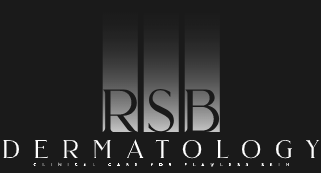First, and most importantly, if you go to see a specialist, see the specialist! At the very least, the board-certified Dermatologist should come into the room, take a look, review the treatment protocol and answer any questions. If a practice will not let you see the doctor, that is not the practice for you!
Too often I see patients with new acne who went to another Dermatologist for acne whom were prescribed medications that were well over $300. This is bad medicine! Why? First, it drives up the cost of healthcare unnecessarily and secondly, it can make treatment un-affordable for patients.
There is almost no reason to start with an expensive medication. Why? If your goal is to get from A to B and that is your only goal, do you have to rent a Bentley, or can you rent a Toyota? Both will get you there, but one will cost a heck of a lot more.
Today, there are many inexpensive generic medications available. There are a few over-the-counter medications available. In nearly all cases, these inexpensive options should be used as the first line of treatment.
New expensive medications are not necessarily “better” and even if they are, they are only marginally better. This would not justify the huge cost difference in nearly all cases. There are some instances where one of these medications should be considered, such is the case when other treatments have failed. To be clear, there are a lot of inexpensive treatments to be considered prior to one of these expensive options.
A second problem I commonly see is the “spot treatment” prescription. In most cases, treatments are to make lesions go away and to prevent new lesions. If one has a medication to use as a spot treatment, there are two issues. First, if one is getting more pimples, they are inadequately controlled. Secondly, spot treatments do not help prevent new lesions, which is the goal–to have clear skin as close to all the time as possible. People will get zits from time to time. An over-the-counter, $5 benzoyl peroxide used three times a day will dry these out as well, if not better than any prescription that costs much more.
In short, these are two red flags to look out for:
- You are prescribed a brand name, expensive medicine without a history of failing several inexpensive generic treatment.
- You are given a prescription for a “spot treatment”.
- You do not see the Physician.
